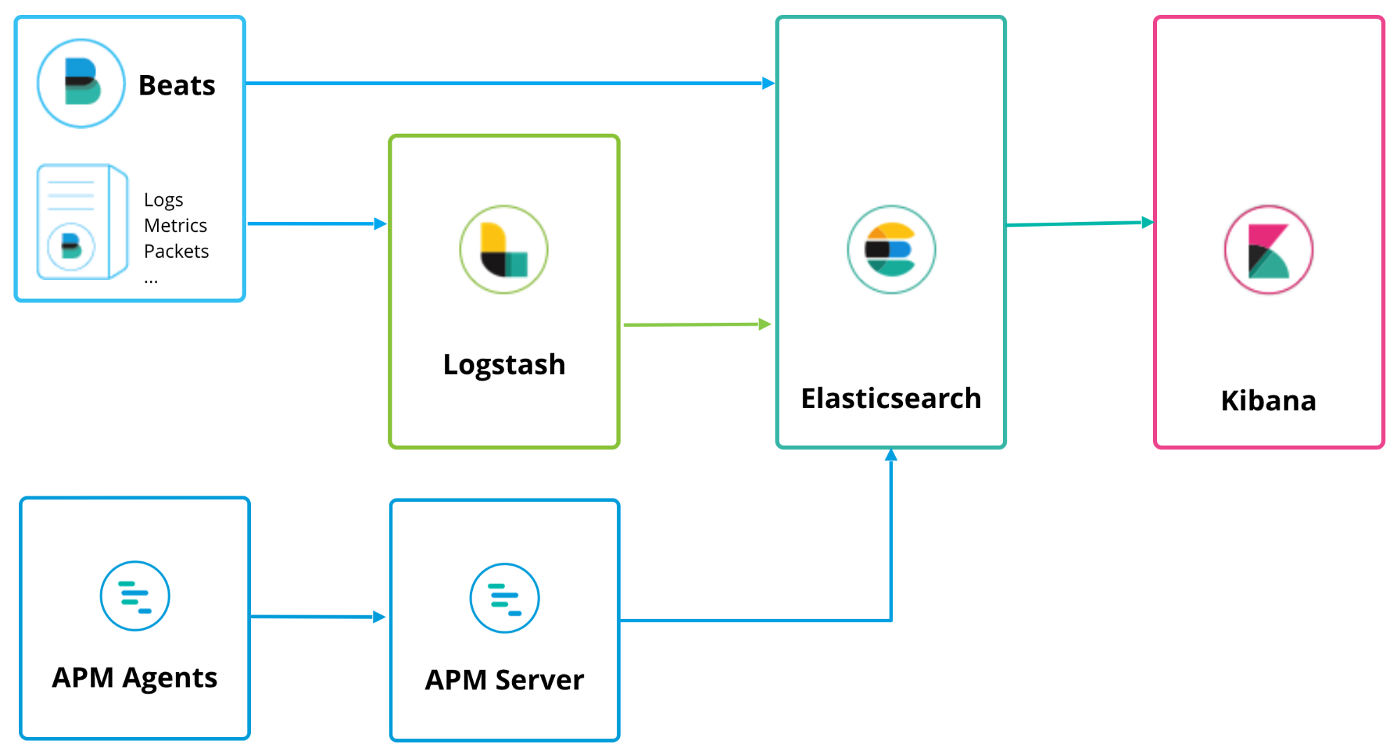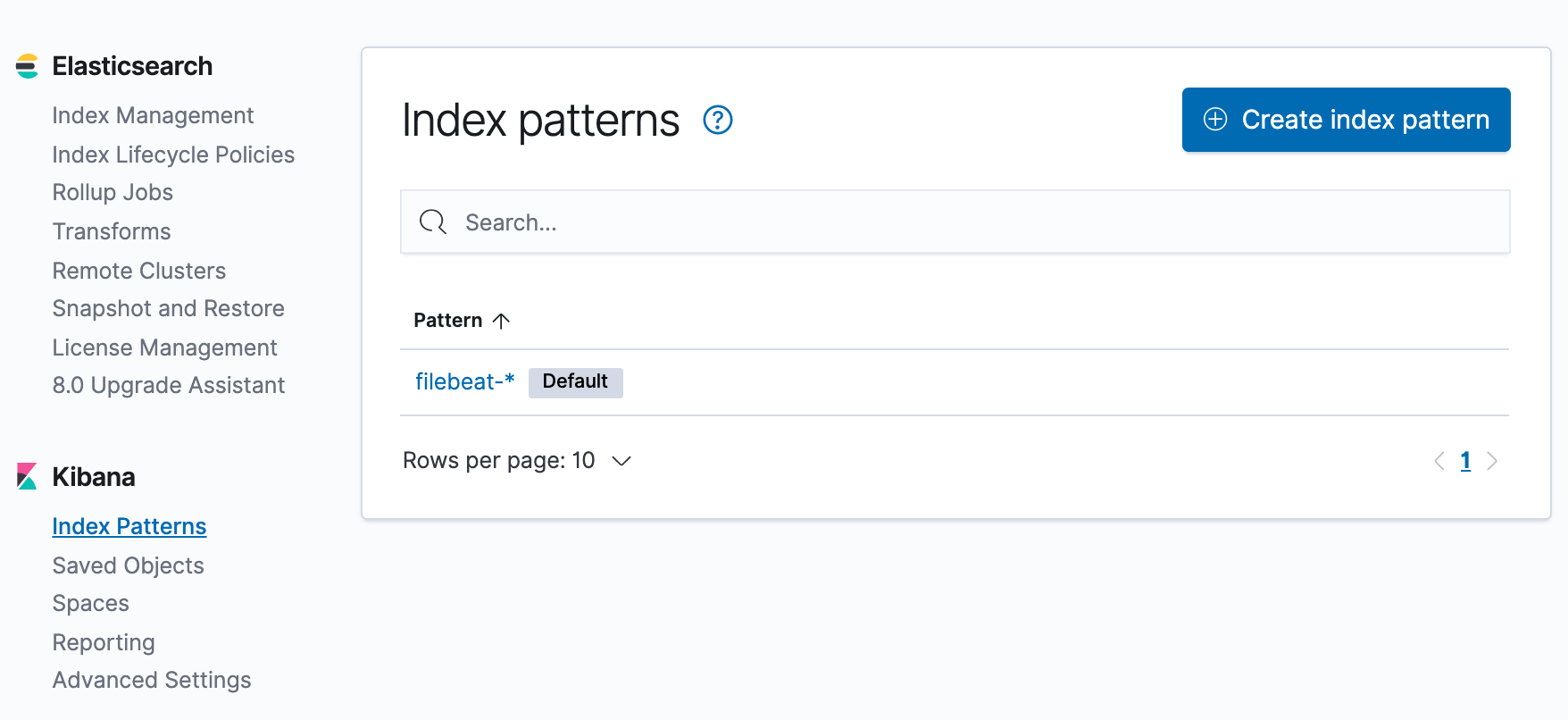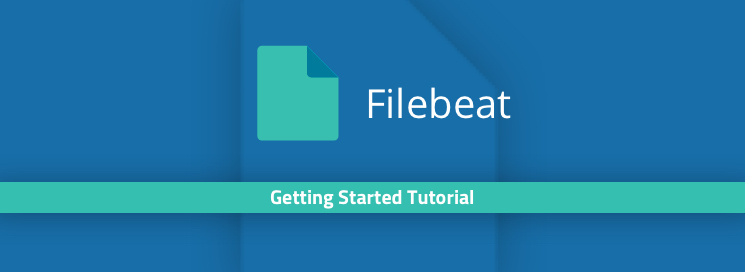

- #FILEBEATS DOCKER HOW TO#
- #FILEBEATS DOCKER DRIVER#
- #FILEBEATS DOCKER SOFTWARE#
- #FILEBEATS DOCKER WINDOWS#
#FILEBEATS DOCKER WINDOWS#
Each beat is dedicated to shipping different types of information - Winlogbeat, for example, ships Windows event logs, Metricbeat ships host metrics, and so forth. What is Filebeatįilebeat is a log shipper belonging to the Beats family - a group of lightweight shippers installed on hosts for shipping different kinds of data into the ELK Stack for analysis. Watching logs in the console is nice for development and debugging, however in production you want to store the logs in a central location for search, analysis, troubleshooting and alerting.įilebeat for Elasticsearch provides a simplified solution to store the logs for search, analysis, troubleshooting and alerting. Show running processes in a container: docker top containerName.Show CPU and memory usage for specific containers: docker stats containerName1 containerName2.Show CPU and memory usage: docker stats.Show only new logs: docker logs -f containerName.Show container logs: docker logs containerName.Here are a few basic Docker commands to help you get started with Docker logs and metrics:
#FILEBEATS DOCKER DRIVER#
Any messages that a container sends to stdout or stderr is logged then passed on to a logging driver that forwards them to a remote destination of your choosing. They need to be collected directly from the containers.

What Are Docker Container Logs?ĭocker container logs are generated by the Docker containers. When you’re using Docker, you work with two different types of logs: daemon logs and container logs. That’s why you should use a central location for your logs and enable log rotation for your Docker containers. It’s dangerous to keep logs on the Docker host because they can build up over time and eat into your disk space. You can collect the logs with a log aggregator and store them in a place where they’ll be available forever. You can find these JSON log files in the /var/lib/docker/containers/directory on a Linux Docker host. Each log file contains information about only one container. The logs are then annotated with the log origin, either stdout or stderr, and a timestamp. Because containers are stateless, the logs are stored on the Docker host in JSON files by default. You need more data to work with so you must extend your search to get to the root of the problem.ĭocker containers emit logs to the stdout and stderr output streams. Most conventional log analysis methods don’t work on containerized logging – troubleshooting becomes more complex compared to traditional hardware-centric apps that run on a single node and need less troubleshooting. That makes building an application easier and faster. Each microservice is responsible for a single feature so development teams can work on different parts of the application at the same time. Why Do You Need ContainersĬontainers allow breaking down applications into microservices – multiple small parts of the app that can interact with each other via functional APIs. This includes code, libraries, configuration files, and environment variables. What Is a Docker ImageĪ Docker image is an executable package that includes everything that the application needs to run. A Docker container is a runtime instance of an image that’s like a template for creating the environment you want. How? Containers are isolated and stateless, which enables them to behave the same regardless of the differences in infrastructure. Say goodbye to the infamous “it works on my machine” statement!
#FILEBEATS DOCKER SOFTWARE#
What Is a Docker ContainerĪ container is a unit of software that packages an application, making it easy to deploy and manage no matter the host. The example below shows JSON logs created using the JSON-file driver:īefore moving on, let’s go over the basics.

The container’s logging driver can access these streams and send the logs to a file, a log collector running on the host, or a log management service endpoint.īy default, Docker uses a JSON-file driver, which writes JSON-formatted logs to a container-specific file on the host where the container is running. When an application in a Docker container emits logs, they are sent to the application’s stdout and stderroutput streams. The importance of logging applies to a much larger extent to Dockerized applications. Docker Logging: Why Are Logs Important When Using Docker
#FILEBEATS DOCKER HOW TO#
In this article, we’ll introduce how to generate logs from containers and how to explore and view logs in a central place. Log management helps DevOps teams debug and troubleshoot issues faster, making it easier to identify patterns, spot bugs, and resolve them. When building containerized applications, logging is definitely one of the most important things to get right from a DevOps standpoint.


 0 kommentar(er)
0 kommentar(er)
